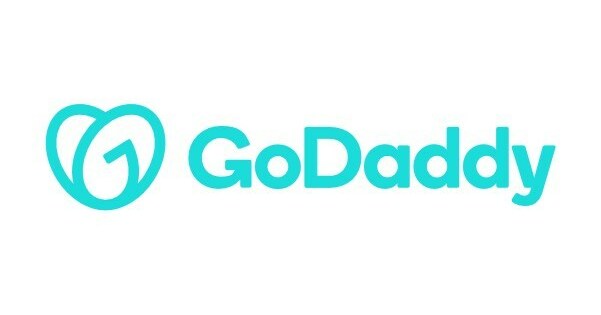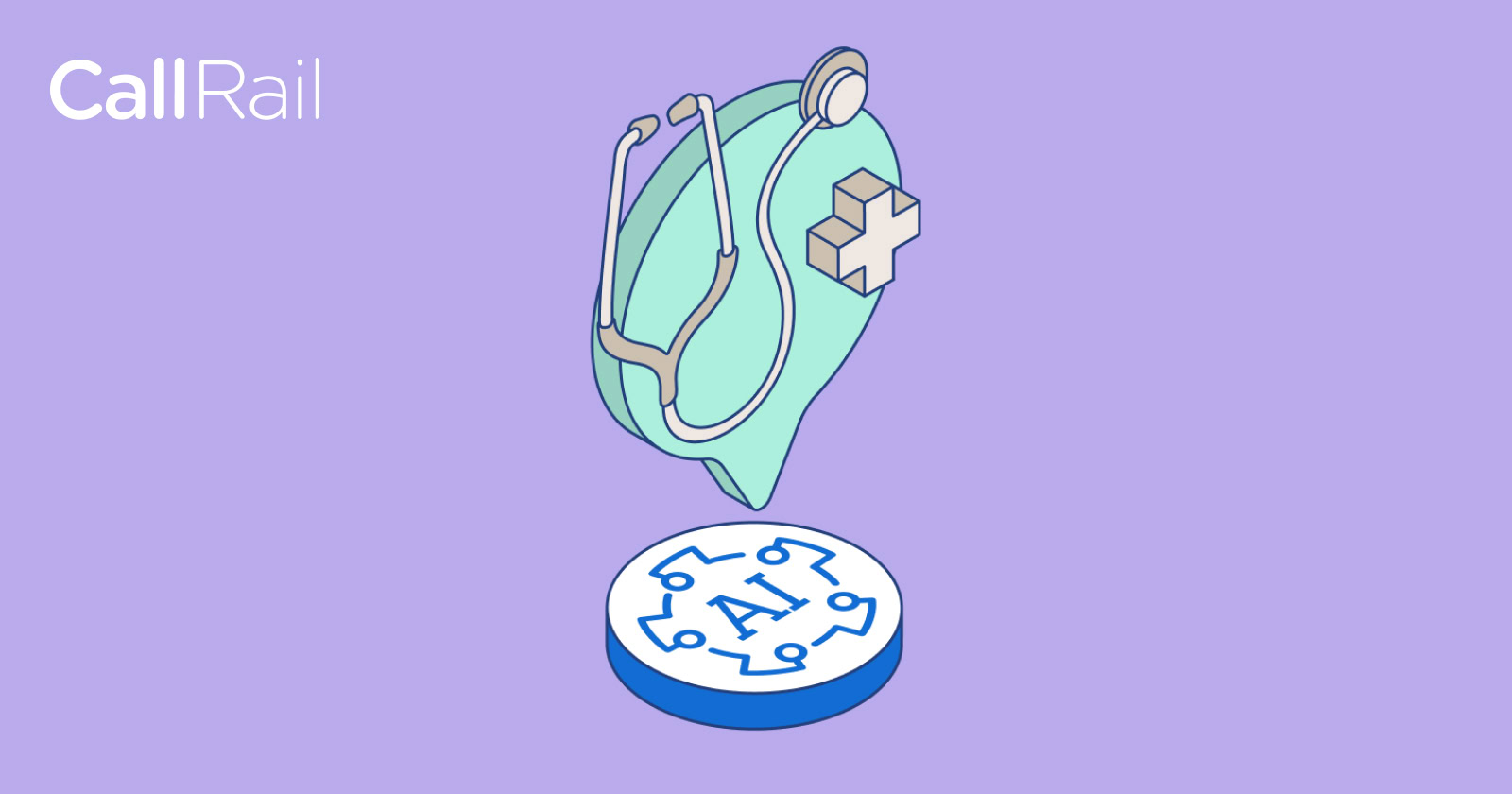The term “workflow automation” was coined in the 1920s by mechanical engineers and management consultants Frederick Taylor and Henry Grant, who tracked and depicted work processes graphically seeking to improve efficiency. Half a century later, digital automation entered the scene, when German company SAP developed the first manufacturing resource planning software that standardised business practices through prebuilt processes.
Today, every department relies on effective workflows, from customer interactions and marketing campaigns to financial management and human resources. Traditional workflow management systems, however, face challenges in keeping pace with the dynamic requirements of modern businesses that have evolved into a complex web of interconnected activities and processes, all demanding efficiency and accuracy.
These traditional systems tend to have a rigid structure that relies mainly on manual processes, making them prone to human errors and bottlenecks.
Therefore, it’s necessary for enterprises to prioritise ensuring their workflow automation is not siloed but cohesive. This means that every part of the process should work in harmony with others, ensuring end-to-end process automation.
Learning from each other
The intricacies of enterprise operations and the imperative for intelligent automation have spurred the emergence of AI (artificial intelligence) assistants or AI co-workers.
Unlike traditional RPA (robotic process automation)-based chatbots confined to predefined responses, AI co-workers can be trained to think, read, and interact like humans. Powered by advanced technologies like NLP (natural language processing), machine learning, deep learning and generative AI, these AI co-workers complement human teams—learning from each interaction progressively, just like human beings.
Consider a large-sized organisation with a range of offerings where marketing and sales workflows entail detailed analysis of diverse data sources for strategy formulation. Now envision an AI marketing analyst seamlessly automating this process by aggregating data from social media platforms, competitor websites, and other sources, conducting SWOT analyses, and providing unbiased insights.
This automation not only saves time and minimises errors but also enables more informed decision-making. Integrated with an AI business development executive, this AI-driven approach enhances efficiency and boosts lead generation, ultimately driving revenue growth and business success.
Let’s now move on to accounts payable, a critical part of the finance operations, especially for businesses dealing with multiple vendors/suppliers. Manual handling of the processes can lead to issues like delayed payments owing to inaccurate or slow data entry, errors in invoice verification, and miscommunication with vendors. These can result in strained vendor relationships and financial discrepancies. An AI accounts payable executive integrated with the human team can handle most steps of the process, from reception of an invoice to authentication and validation to the final push to the ERP (enterprise resource planning), enabling businesses to achieve high rates of straight-through processing. This ensures that payments are made accurately and on time, creating opportunities for vendor discounts and streamlining the entire cash flow management.
In the domain of customer care, manual customer service can lead to long wait times, inconsistent responses, and difficulty in tracking and analysing customer feedback trends. This can result in decreased customer satisfaction and potential loss of business. However, an AI customer care executive can transform the process with automated query resolution, sentiment analysis, and personalised communication with customers using generative AI. By providing instant, consistent, and personalised responses, significantly improving customer satisfaction and loyalty.
In human resources, manual processes can lead to delays in employee onboarding, subjective performance evaluations, and difficulty in managing and tracking employee training programs. This can result in a disengaged workforce and hindered organisational growth. With an AI HR executive working alongside the human teams, a major chunk of day-to-day HR operations can be automated ensuring faster recruitment cycles, swift onboarding, objective performance evaluations based on predefined metrics, efficient management of training programs, and more. This not only saves time and costs but also ensures a more engaged and productive workforce.
With the right mix of AI co-workers complementing human teams across processes, the employees can move up the value chain, taking on more valuable initiatives while AI handles the day-to-day activities—all this while achieving a better work-life balance.
Animesh Samuel is co-founder and chief executive officer of E42. Write to us at businessoflife@livemint.com
Unlock a world of Benefits! From insightful newsletters to real-time stock tracking, breaking news and a personalized newsfeed – it’s all here, just a click away! Login Now!
Catch all the Business News, Market News, Breaking News Events and Latest News Updates on Live Mint.
Download The Mint News App to get Daily Market Updates.
More
Less
Published: 21 May 2024, 08:00 AM IST
Topics You May Be Interested In




